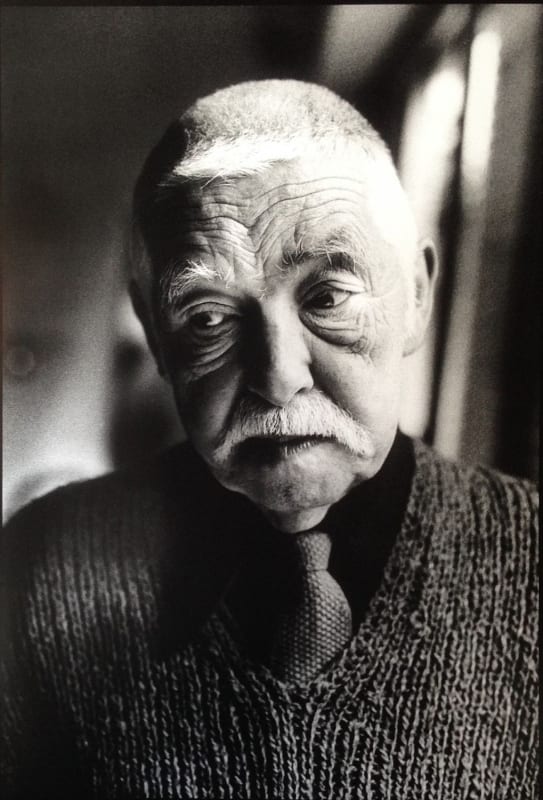Antonio Calderara was born in 1903 in Abbiategrasso, Italy and continued to work up until his death in 1978. The painter led a secluded life in Northern Italy, finding inspiration in the lighting of nearby landscapes, especially Lake Orta. Calderara was an enigmatic character, difficult to fit into a well-defined artistic category: during his life, he came across many Italian and foreign artists from which he would draw inspiration but still maintain freedom and autonomy of expression.
Calderara was self-taught from an early age and later mentored by Lucio Fontana, with some of his earliest influences being the figuration and use of light by Piero della Francesca, Seurat, and the Milanese Novecento painters.
After abandoning his university studies in engineering in 1925, Calderara dedicated himself fully to experimenting with color and form. Through portraiture, landscapes and still lifes, Calderara depicted his native Italy – all suffused by a delicate, misty light inspired by the atmospheric glow of Lake Orta in Vacciago where the artist moved in 1934 with his wife Carmela, and where he would work for most of his life.
By the mid-1950s, Calderara began to move away from figurative painting to embrace a more geometric approach, radically reducing both the scale and the compositional elements of his paintings. His essential vocabulary of lines and squares, refined color palette, and precise measurements nevertheless positioned Calderara closely with other minimalist painters at the time, including Piet Mondrian and Josef Albers, both of whom the artist admired greatly. Describing his abrupt transition to abstraction, he wrote, “In 1958...I drew my last curved line.”
The abstract period is what he is best known for: his abstract paintings of the late 1950s and 1960s, which combine geometric abstraction with an atmospheric finish, achieve a misty quality through subtle, almost invisible variations in color.
Later in life, and with faltering health, Calderara began to focus on watercolor.
The legacy of this important Italian artist is preserved through the Fondazione Antonio and Carmela Calderara, the artist’s former home and studio housed within a 17th-Century villa-cloister of Vacciago, North of Milan.

